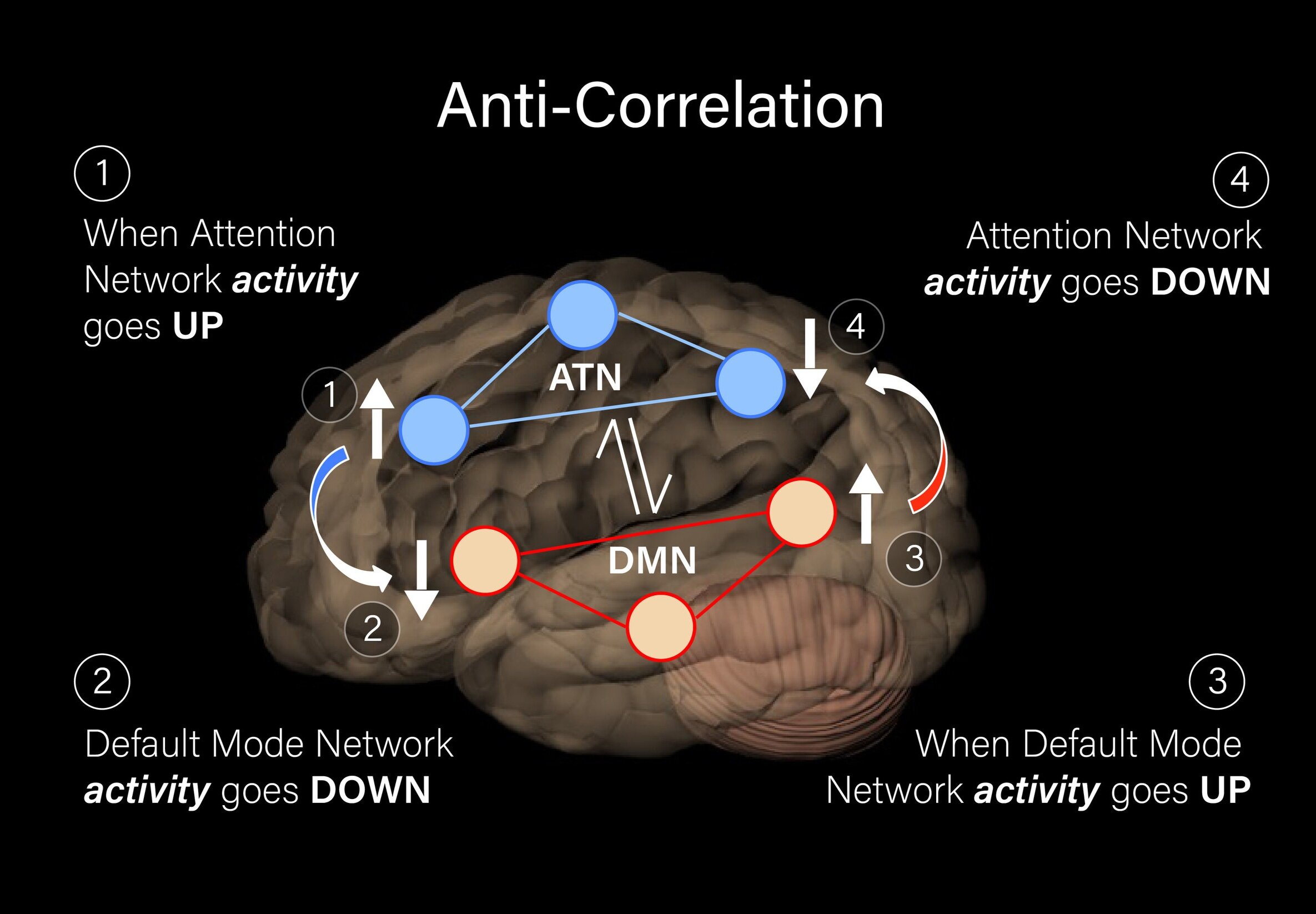Our Brains are powered by Networks.

Take the tour below to learn more.
Electricity…

…flows along neurons in the brain. There are 86 billion neurons inside this floating jelly, and they connect with each other along numerous junctions known as synapses.
Our Brains…

…are highly sophisticated super-computers that dynamically respond to process information in our environments. This is done by transmitting electricity throughout neurons (like the ones above), using chemical messengers known as Neurotransmitters.
Four Lobes…

…are partitioned in our brains according to Structure and Function.
E.g., the Occipital lobe specializes in processing visual information to help us see.
The Frontal lobe…

…houses the Prefrontal Cortex, commonly referred to as the “Seat of Judgment.”
Rational thinking and related mental faculties needed for day-to-day functioning are the result of Activity in this region.
What is Activity?
https://www.youtube.com/watch?v=gMsMfVhxe94
Neurons that fire require Oxygen for energy, which is delivered to them through the blood. This is called the blood oxygen level dependent (BOLD) response, and it is detected using Functional Magnetic Resonance Imaging (fMRI). When more blood flows to a brain region relative to other areas, it is said to be Active.

This is how we know the Function of…

The prefrontal cortex (PFC). Numerous publications (E.g. Figure 4 above; Jagtap et al) show how the PFC activates during tasks requiring Executive Functioning. The dorsal PFC (dPFC) activates when our Sustained Attention is demanded.
But…

brain regions, like the dPFC, do not activate alone. Because everything in the brain is intricately connected, many regions activate together (E.g. the SPC co-activates with the dPFC while sustaining attention; Figure 4 above).
Functional network = Regions Activate Together

When blood flows to several areas at the same time, these regions are said to be functionally connected as part of a Functional Network. As a result, many Large-Scale Brain Networks have been discovered.
Task-positive networks (TPN)…

…such as the Central Executive Network, are active when we are consciously, or volitionally, performing tasks that demand our Presence and Focus. You can think of it loosely as Willpower. Therefore Task-Positive Networks (TPNs) are essentially Attention Networks, and nearly all of them rely on the Prefrontal Cortex (PFC).
Default Mode network (DMN)

On the other hand, the Default Mode Network (DMN) is active when we’re on Auto-pilot. Mind-wandering, reminiscing, contemplating, and self-reflecting are the result of DMN activity. Technically, this is a Task-Negative Network (TNN). These are important things we all need to do on a daily basis, but an excess of anything can become problematic.
Can we be outwardly present and inside our own minds at the same time?
No, we cannot…because of Anti-Correlation

The human brain is intrinsically organized into dynamic, anti-correlated networks. When Task-Positive Networks - like the Attention Networks - activate and “come online,” Task-Negative Networks - like the Default Mode Network - de-activate and “go offline.”
Dynamic equilibrium

Balanced and Harmonious Network Activity is important for our Well-Being. Healthy brains can easily switch network activity back and forth.
Studies have shown this is not the case in many Psychiatric Disorders.
Dis-Equilibrium

Default Mode Network activity is abnormally increased or dys-regulated in people suffering from mental illness.
The DMN hijacks the brain’s ability to activate Attention Networks.
This leads to dis-equilibrium and widespread network dysfunction.